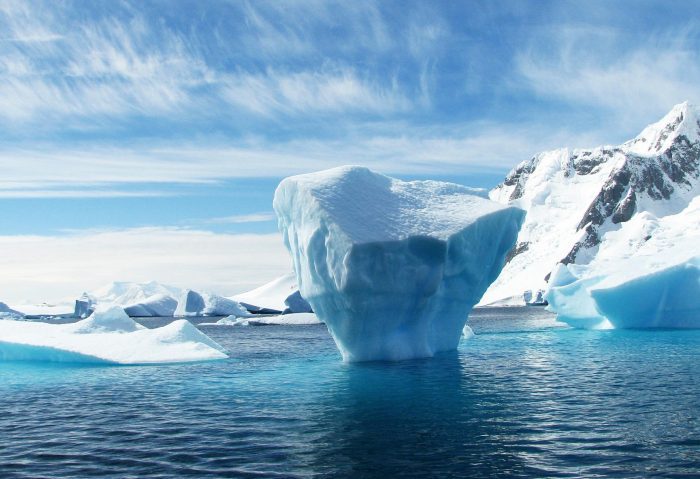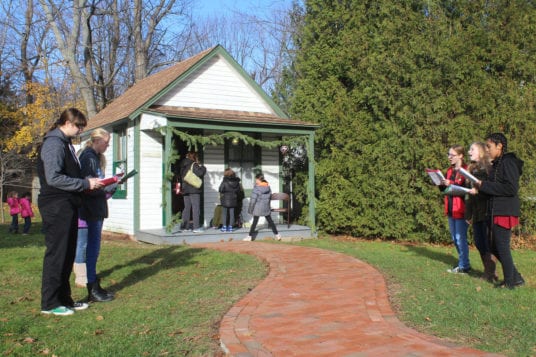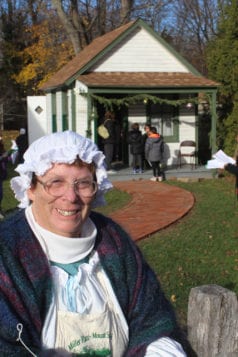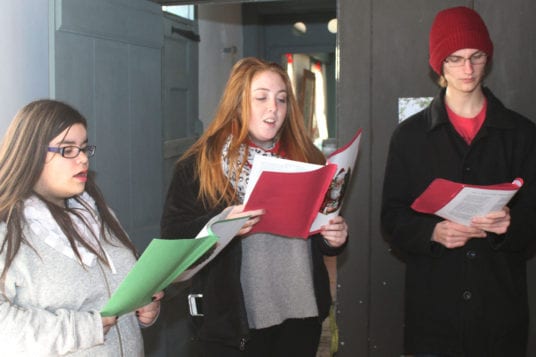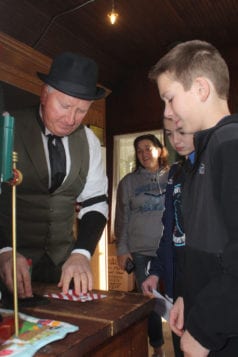By Daniel Dunaief
On any given day, heat waves can bring record-breaking temperatures, while winter storms can include below average cold temperatures or snow.

Weather and climate experts don’t generally make too much of a single day or even a few days amid an otherwise normal trend. But, then, enough of these exceptional days over the course of years can skew models of the climate, which refers to average temperature and atmospheric conditions for a region.
If the climate is steady, “we should see approximately the same number of hot and cold records being broken,” said Edmund Chang, Professor at the School of Marine and Atmospheric Sciences at Stony Brook University. “Over the past few decades, we have seen many more hot records being broken than cold records, indicating the climate is getting hotter.”
Recent heat
Indeed, just last week, before a heatwave hit the northeastern United States, the United Kingdom reported the hottest day on record, with the temperature at Heathrow Airport reaching above 104 degrees.
Erinna Bowman, who grew up in Stony Brook and has lived in London since 2009, said the temperature felt “like a desert,” with hot, dry heat radiating up in the urban setting. Most homes in London don’t have air conditioning, although public spaces like supermarkets and retail stores do.
“I’m accustomed to the summer getting quite hot, so I was able to cope,” said Bowman. Indeed, London is usually considerably cooler during the summer, with average temperatures around 73 degrees.

News coverage of the two extraordinarily hot days in London “was very much framed in the context of a changing climate,” Bowman said. The discussion of a hotter temperature doesn’t typically use the words “climate change,” but, instead, describes the phenomenon as “global heating.”
For climate researchers in the area, the weather this summer has also presented unusual challenges.
Brookhaven National Laboratory meteorologist Michael Jensen spent four years planning for an extensive study of convective clouds in Houston, in a study called Tracking Aerosol Convection Interactions, or Tracer.
“Our expectation is that we would be overwhelmed” with data from storms produced in the city, he said. “That’s not what we’re experiencing.”
The weather, which has been “extremely hot and extremely dry,” has been more typical of late August or early September. “This makes us wonder what August is going to look like,” he said.
Jensen, however, is optimistic that his extensive preparation and numerous pieces of equipment to gather meteorological data will enable him to collect considerable information.
Warming at the poles
Broadly speaking, heat waves have extended for longer periods of time in part because the temperatures at the poles are heating up more rapidly than those at the equator. The temperature difference between the tropics and the poles causes a background flow from west to east that pushes storms along, Chang explained.
The North Pole, however, has been warming faster than the tropics. A paper by his research group showed that the lower temperature gradient led to a weakening of the storm track.
When summer Atlantic storms pass by, they provide relief from the heat and can induce more clouds that can lead to cooler temperatures. Weakening these storms can lead to fewer clouds and less cooler air to relieve the heat, Chang added.
Rising sea levels
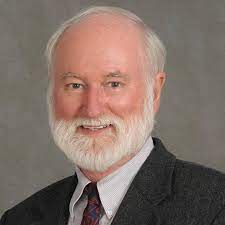
Malcolm Bowman, who is Erinna Bowman’s father and is Distinguished Service Professor at the School of Marine and Atmospheric Sciences at Stony Brook University, believes the recent ice melting in Greenland, which has been about 10 degrees above normal, could lead to a rise in sea levels of about one inch this summer. “It will slowly return to near normal as the fresh water melt spreads slowly over all the world’s oceans,” he added.
Bowman, who has studied sea level rises and is working on mitigation plans for the New York area in the event of a future major storm, is concerned about the rest of the hurricane season after the level of warming in the oceans this summer.
“Those hurricanes which follow a path over the ocean, especially following the Gulf Stream, will remain strong and may gather additional strength from the heat of the underlying water,” he explained in an email.
Bowman is the principal investigator on a project titled “Long Island South Shore Sea Gates Study.”
He is studying the potential benefit of six possible sea gates that would be located across inlets along Nassau and Suffolk County. He also suggests that south shore sand dunes would need to be built up to a height of 14 feet above normal high tide.
Meanwhile, the Army Corps of Engineers has come up with a tentatively selected plan for New York Harbor that it will release some time in the fall. Bowman anticipates the study will be controversial as the struggle between green and grey infrastructure — using natural processes to manage the water as opposed to sending it somewhere else — heats up.
As for the current heat waves, Bowman believes they are a consistent and validating extension of climate change.
Model simulations
In his lab, Chang has been looking at model simulations and is trying to understand what physical processes are involved. He is comparing these simulations with observations to determine the effectiveness of these projections.
To be sure, one of the many challenges of understanding the weather and climate is that numerous factors can influence specific conditions.
“Chaos in the atmosphere could give rise to large variations in weather” and to occasional extremes, Chang said.
Before coming to any conclusions about longer term patterns or changes in climate, Chang said he and other climate modelers examine collections of models of the atmosphere to assess how likely specific conditions may occur due to chaos even without climate change.
“We have to rule out” climate variability to understand and appreciate the mechanisms involved in any short term changes in the weather, he added.
Still, Chang said he and other researchers are certain that high levels of summer heat will be a part of future climate patterns.
“We are confident that the increase in temperature will result in more episodes of heat waves,” he said.

